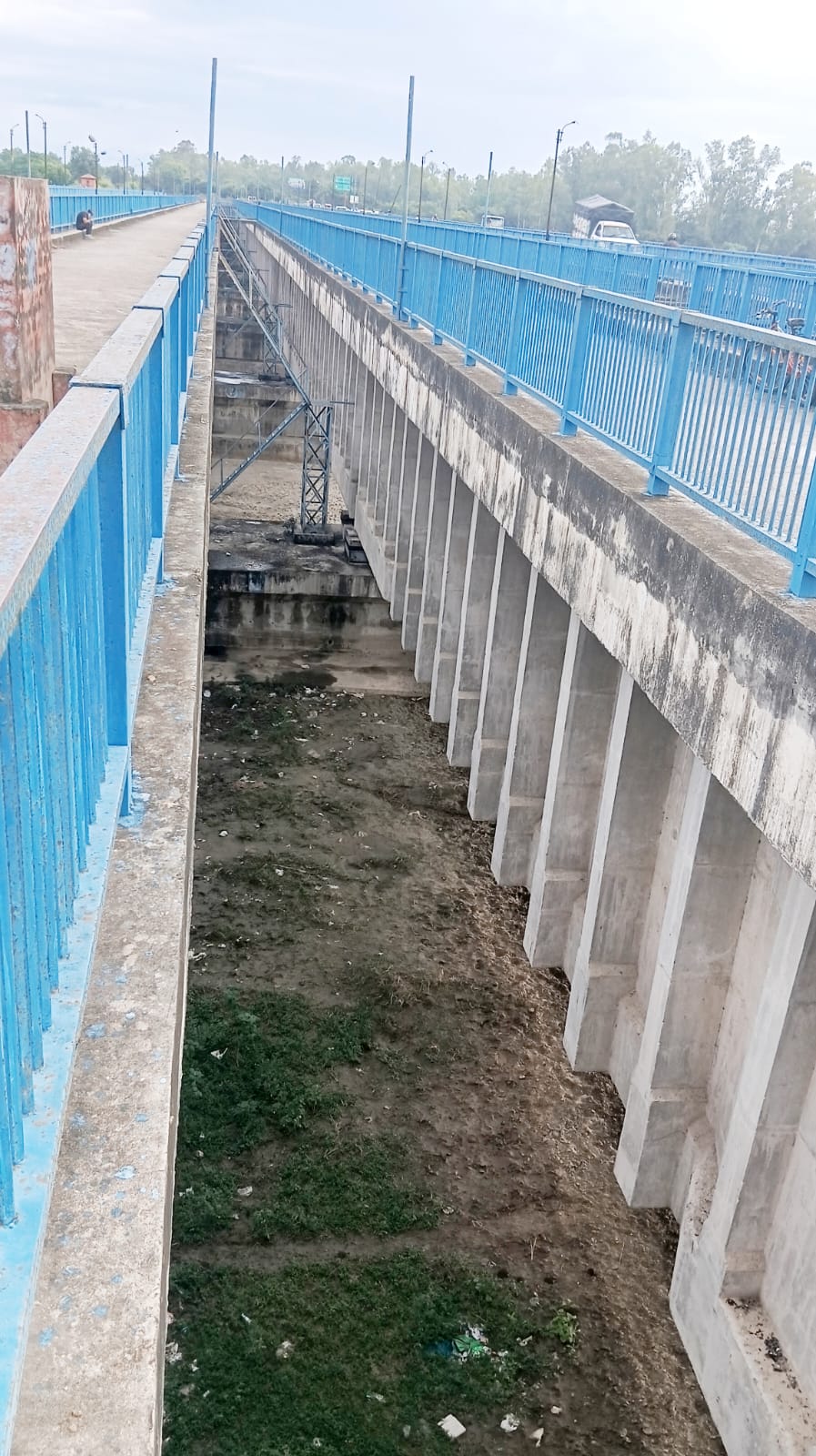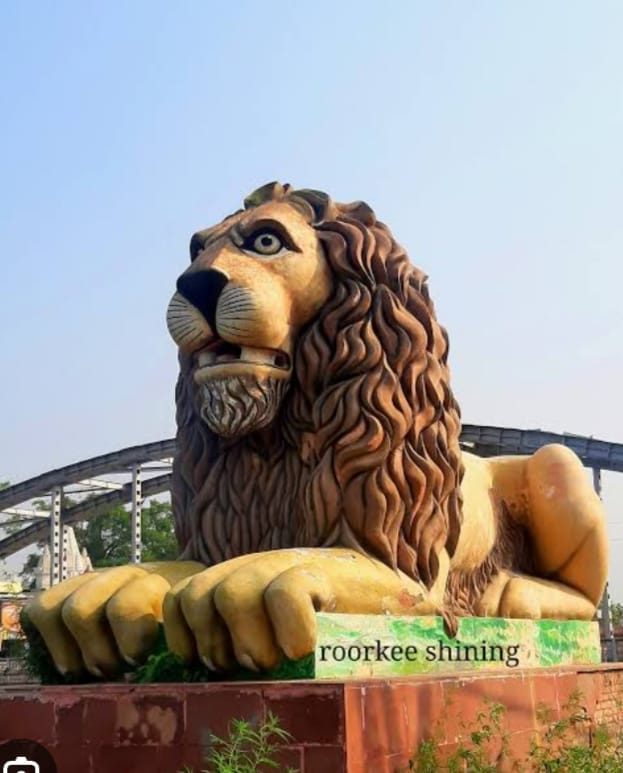By
Kaushal Kishore
Materials Engineer, Roorkee
The new Solani aqueduct on Ganges canal Roorkee was built with prestressed concrete which allows for longer spans and a simple more robust design compared to old bricks, lime- surkhi mortar masonry arches of the old aqueduct, in which 8.5 crores bricks were used, while iron railing used in the sides of two lanes were imported from England. This is interesting to note that materials bringing those days on ship from England to Indian ports take 6-10 weeks via the Suez canal or 3 to 6 months via the longer Cape of Good Hope. Calculate in it also time taken on road from Indian ports to Roorkee.
After retirement from University of now IIT Roorkee I joined M/S Roffe Construction Chemicals Pvt.Ltdd, Mumbai as it’s Chief Concrete Technologists afterwards I became it’s one of the Director.

AQUEDUCT picture taken on 7/10/2025
For the contractor of above aqueduct I designed M-40 grade of concrete with Roffe superpladticizer. Those interested may read my paper by visiting Google site and log in; Civil engineering portal The Ganges canal by Kaushal Kishore.
I had designed numerous concrete mix design almost all cements of India in this I find Utra Tech cement as one of best cement OPC and PPC both With Ultratech cement I had designed numerous concrete mixes from ordinary strength to M-80 grade concrete, self compacting concrete, shot crete concrete, fibre reinforced concrete, fly ash concrete and more There is life after retirement and after retirement I worked for 30 year’s which includes in free time working in home research and testing laboratory and numerous construction sites visits almost all India and outside India. At my age of 92 years I still work for 12 hours daily.
I had never worked for money. In spite of doing so gigantic work what to say about car I even do not have 2 wheeler not any of my house not a single inch of land in this world only pension from IIT Roorkee and few clothes

























The information furnished on the website is great ! I learnt a lot.
Keep it up.
Iqbal Singh
Superintending Surveyor
Survey of India
Sector 32 A
Chandigarh
This is not a thing to be forgotten. It always remain a nice cheap in my heart corner.
Your site is nicely equipped to keep the civil engineers informed.It will be of greater help if you provide the Technical Reports/Papers free of cost.
Anyways warm regards to the contributors to this Website and a big Hello to the fello Civil Engineers worldwide.
Archana Garg
Wish site will contain more research and technical data rather than general discriptions. Also, a discussion forum where engineers can exchange valuable knowledge and experience might be a good idea too.
I m final year civil engineering student in this site help me a lot in my presentation and project work
the ultimate helpful data i hv got from this site i m always be very thankful to this site
This site contains most valuable technical data helpful for an engineer and students also ……..
i want to know is civil engg as a career option in india?
which are the good college in india of civil engg except IIT’s and NIT’s .tell some prvt college
its very good to be update with the current topic.Even i m searching for most happening topic which is more usefull for industrial engineering
i have scored 9000+rank in uptu ,i want to know why i should go for civil eng.
Does the civil Engineering consists of designing a bridge.
Thanks for the project report in engineering category
published in your site. It helped me lot understand in detail. At he same time I request to
publish the format for estimating projects.
Thank you
william rodrigues.
When i entered for the first time , i felt that i have made a right choice
wonderful &right choice for civil engg.
good guidance and obsolutly well focusing the future of civil engg. and their dreams
i’m m.tech student. This site is very cool and it gives a different experience. “WITH OUT CIVIL ENGINEERS THE WORLD CAN’T RISE”
a informative site to look
This website is really great…….. Inspired by this and decided to take Civil Engineering after my +2 this year….Thanks.Please forward me Salary details……
It’s like a great gift and an inspiring knowledge mine for the students like us who decided to become civil engineers in our life
” Its like a Tutor for civil engineers and I liked it the most “.
It has every information needed for civil engineers.It helped me a lot.Thankyou.
Construction Industry only the Industry which absorbs largest human resources in the Worls.